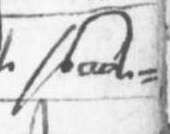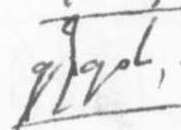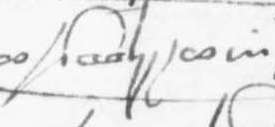| Art |
| Science |
| Latinists |
| Dubrovnik |
CROATIAN GALLERY
| Glagolitic Script |
| Music |
| Croats in BiH |
| Sports |
| Cravate |
| Parachute |
| Pen |
| Psychology |
| Dactyloscopy |
| R. Boskovic |
2005 2006 2007 2008 2009 2010 2011 2012 2013
1135 years since the first international recognition of Croatia,
more than 600 years before the discovery of America

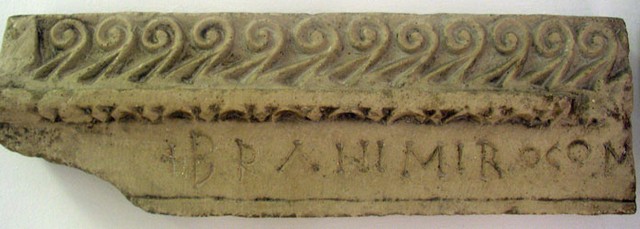
carved more than 600 years before the discovery of America.
| The first international recognition of Croatia came in 879 AD from Pope John VIII, ie. 1135 years ago! The Croatian Prince Branimir, 9th century, made important steps in strengthening the relations with Rome. During the solemn divine service in St. Peter's church in Rome in 879, Pope John VIII gave his blessing to the prince and the whole Croatian people, about which he informed Branimir in his letters, the first one dated on May 21, 879. This was the first time that the Croatian state was officially recognized (at that time the international legitimacy was given by the Pope), which, as we see, happened more than eleven centuries ago! In his letter dated from 881 the Pope addressed Branimir as the "glorious prince". |
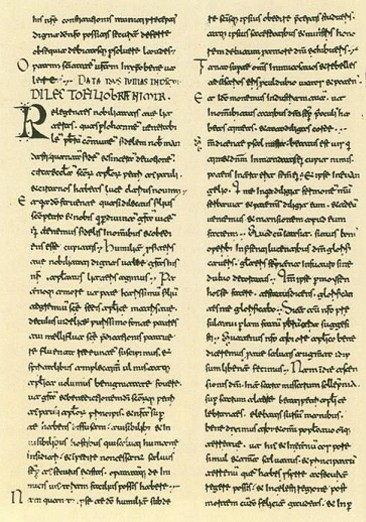
with his blessing to the prince and the whole Croatian people.
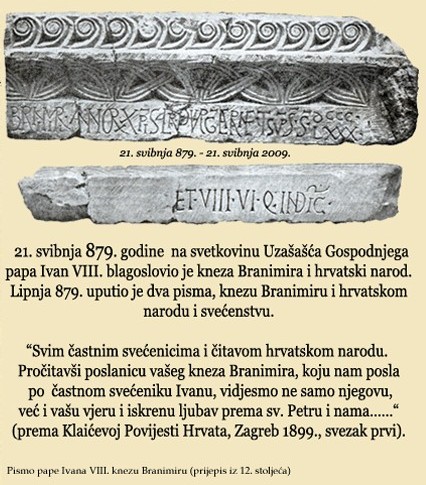
More information
The earliest known explicit mention of Croatian Language
The first known explicit mention of Croatian language dates from the year 1275,
appearing as many as two dozens of time in the document called Istrian Boundaries (Istarski razvod).
As we can see, the document, written in the Croatian Glagolitic Script (and it has nearly 70 pp),
precedes the discovery of America for more than two centuries.
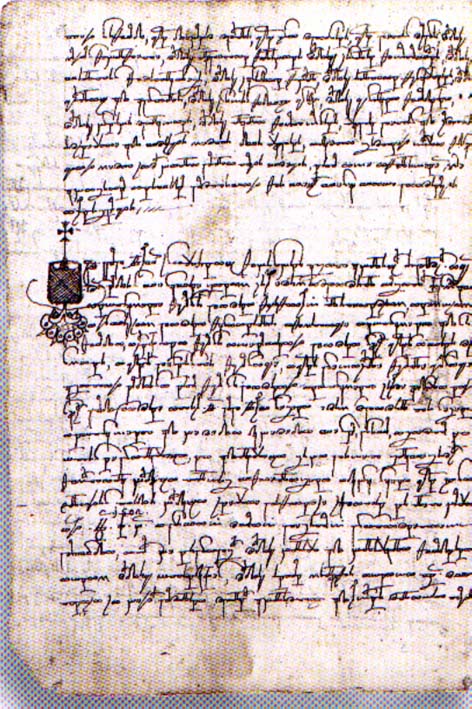
Istrian Boundaries, 1275-1395.
Istarski razvod, 1275-1395.: ...na Hrvatine stazi (u Istri). Vidi Acta croatica, str. 9.... I ondi gospodin Menart sluga naprid sta, i pokaza listi prave ... ke listi ondi pred nas trih nodari postaviše, keh ta gospoda izibra: jednoga latinskoga, a drugoga nimškoga, a tretoga hrvackoga, da imamo vsaki na svoj orijinal pisat, poimeno od mesta do mesta kako se niže udrži, po vsoj deželi.
I tako mi niže imenovani nodari preda vsu tu gospodu pročtesmo kako se v njih udrži. I tako onde obe strane se sjediniše i kuntentaše i kordaše i razvodi svojimi zlamenji postaviše, i jednoj i drugoj strani pisaše listi jazikom latinskim i hrvackim, a gospoda sebi shraniše jazikom nemškim. ... itd. itd.
Soon afterwards, in the Vinodol Code from 1288,
we can find another explicit mention of Croatian language as follows:
Jošće niedan posal ni verovan koliko na pravdi, ne buduć roćen, shraneno ako est poslan od dvora, komu poslu se govori hervatski arsal (u članku 72.).

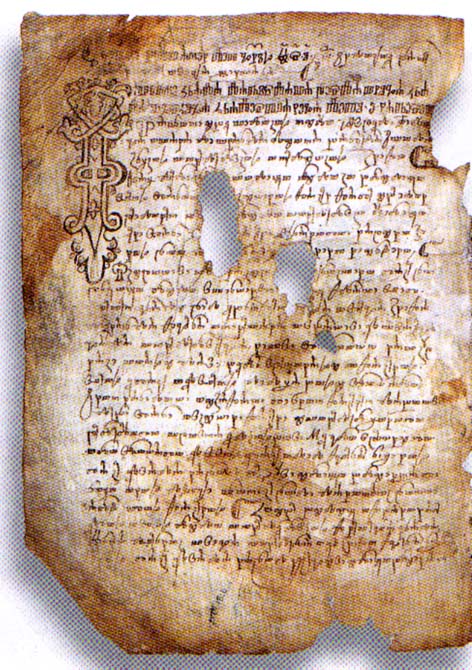
Vinodol Code, 1288
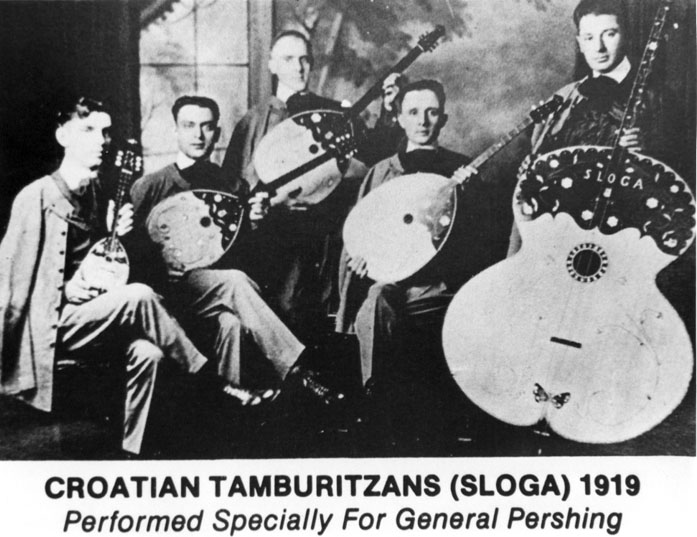
Croatia - USA

Croatian Coat of Arms from 1890 in Nazorova street 51 in Zagreb:
Public Orphanage of Eduard Baron Jellachich Bužimski
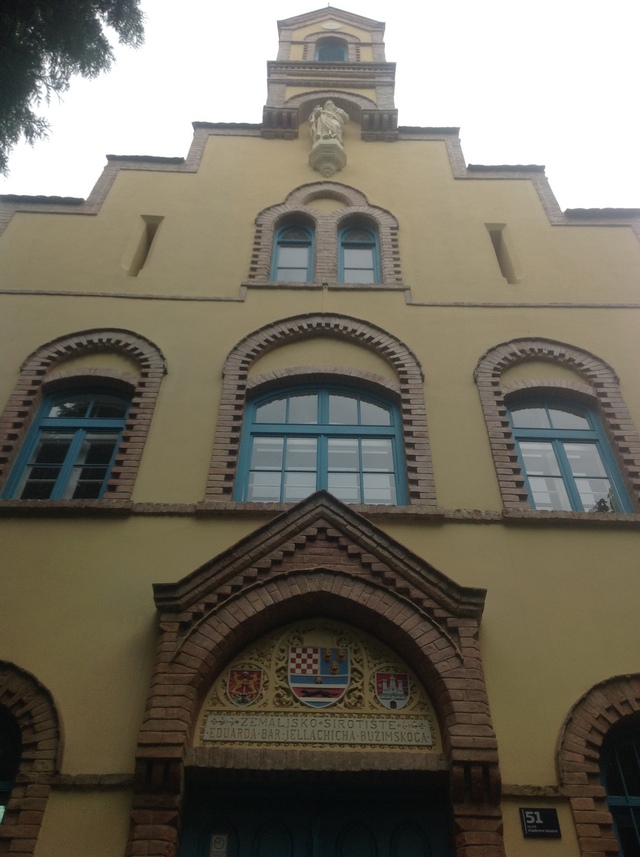
Built in 1879 as convent with the chapel for sisters of St. Magdalena,
in 1886 it was bought by Croatian government and rebuilt as an orphanage.
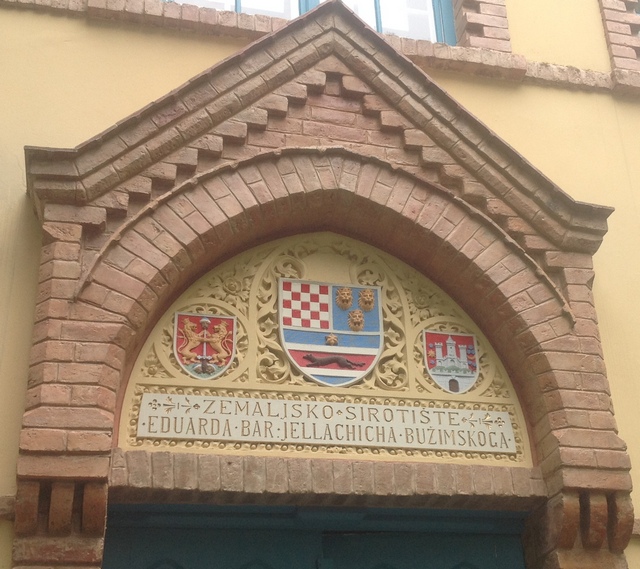
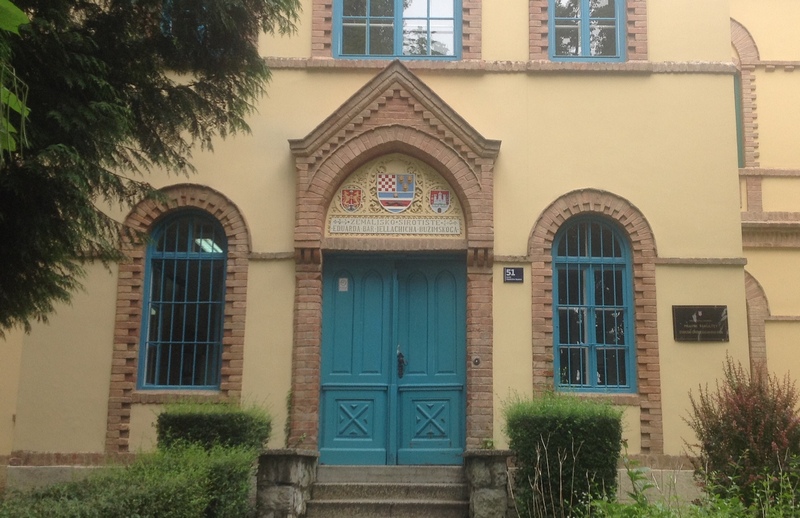
Now a part of the Faculty of Law of the University of Zagreb
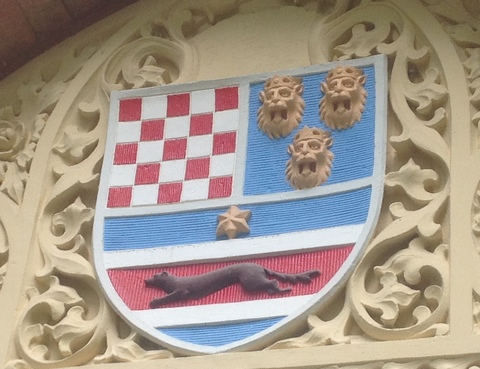
Coat of Arms of the United Kingdom (Trojedna Kraljevina) of Croatia, Dalmatia and Slavonia
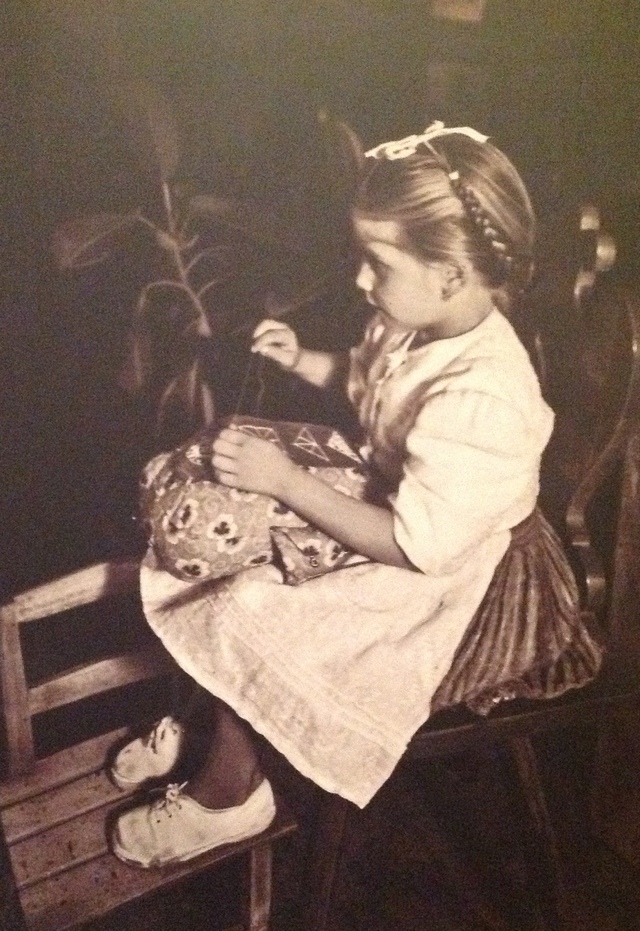
An old photo from 1916, representing a very young and beautiful Pag Lace weaver.
The photo is from the Pag Lace Museum in the town of Pag, on the island of Pag.
MUST SEE IT!
From the Pag Lace Museum in the town of Pag:
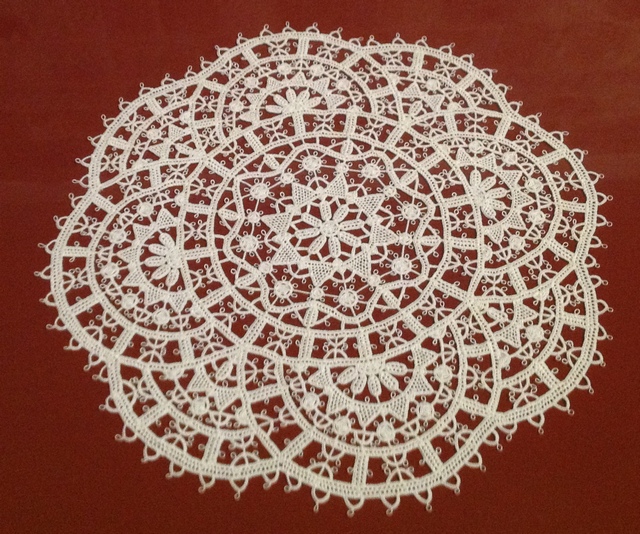
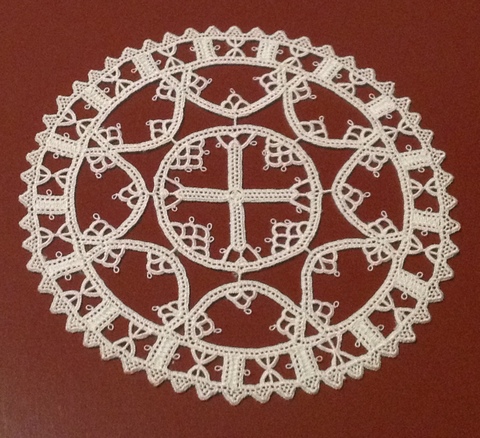
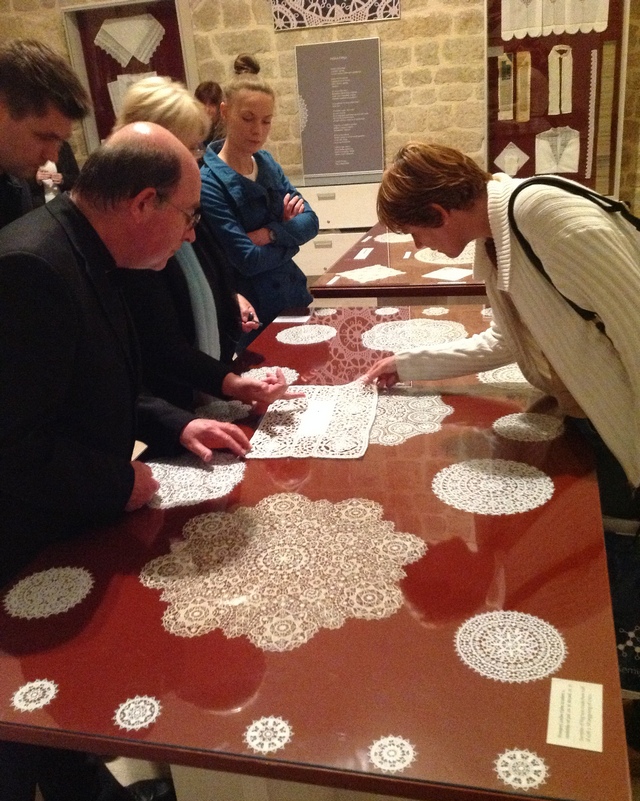
Breathtaking works of art in the Pag Lace Museum
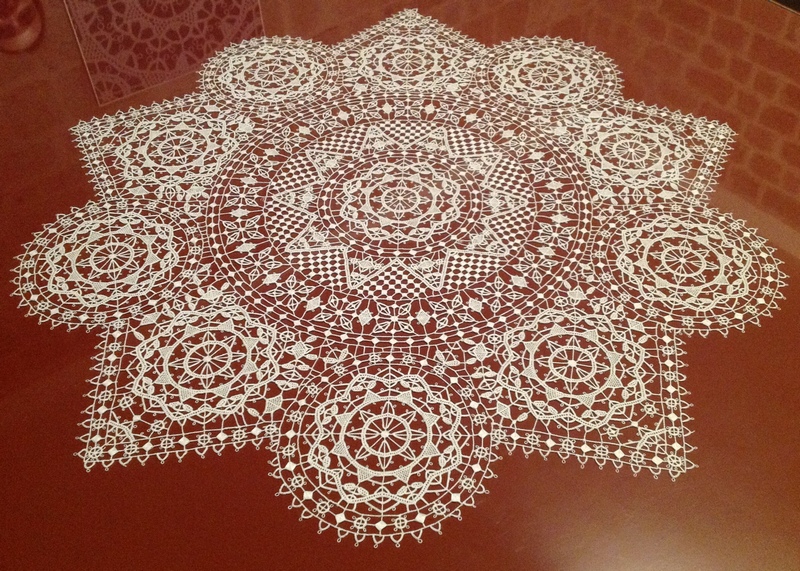
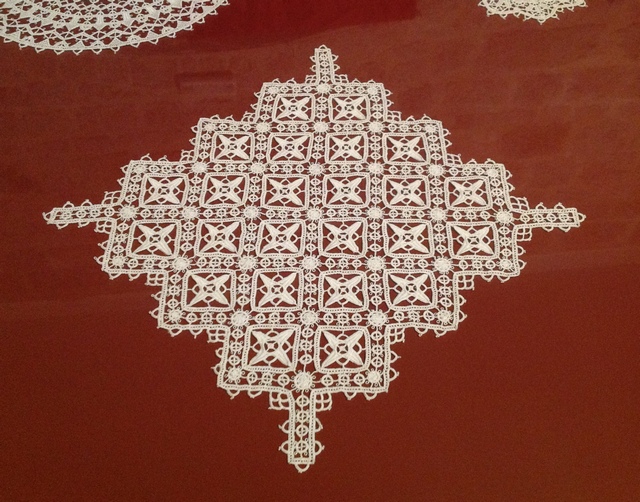
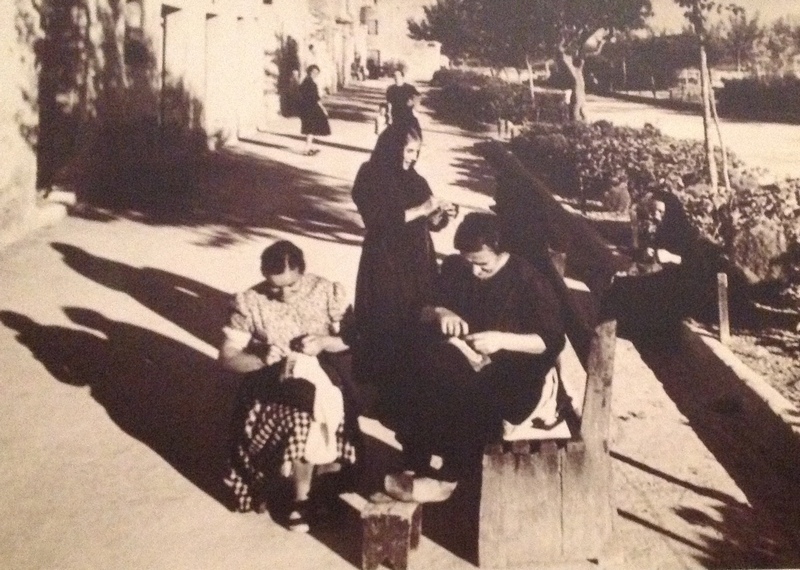
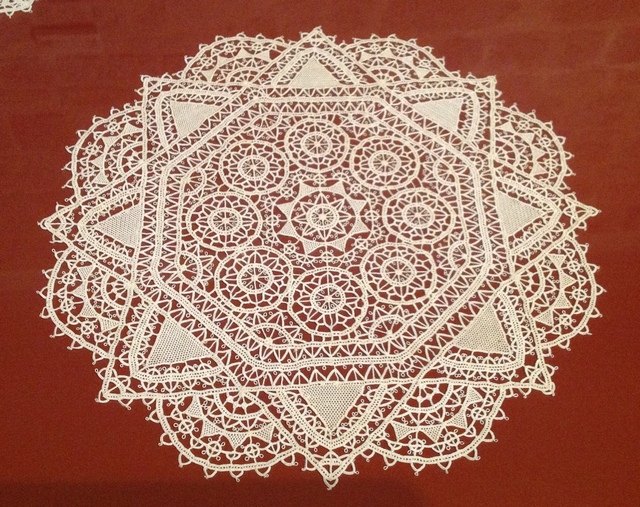
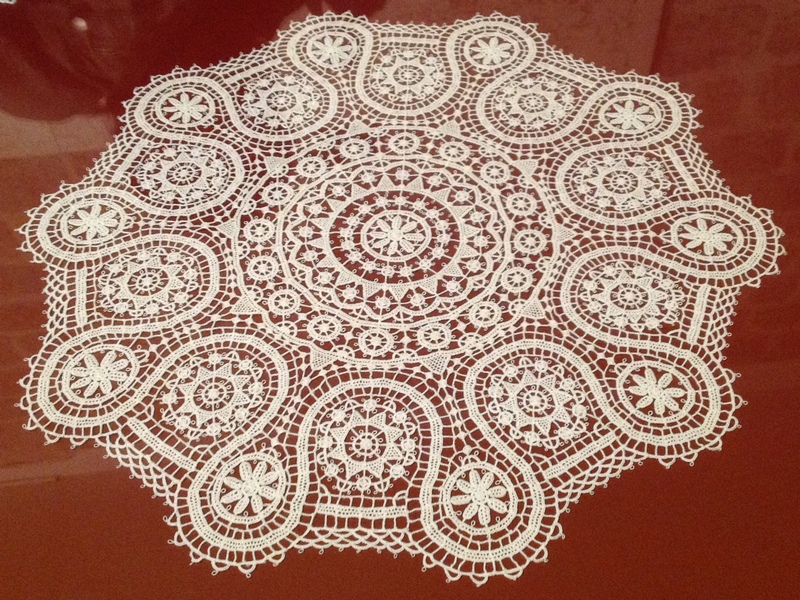
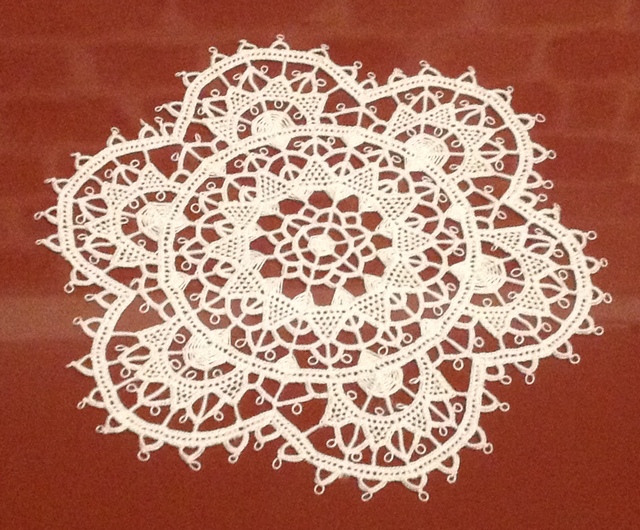
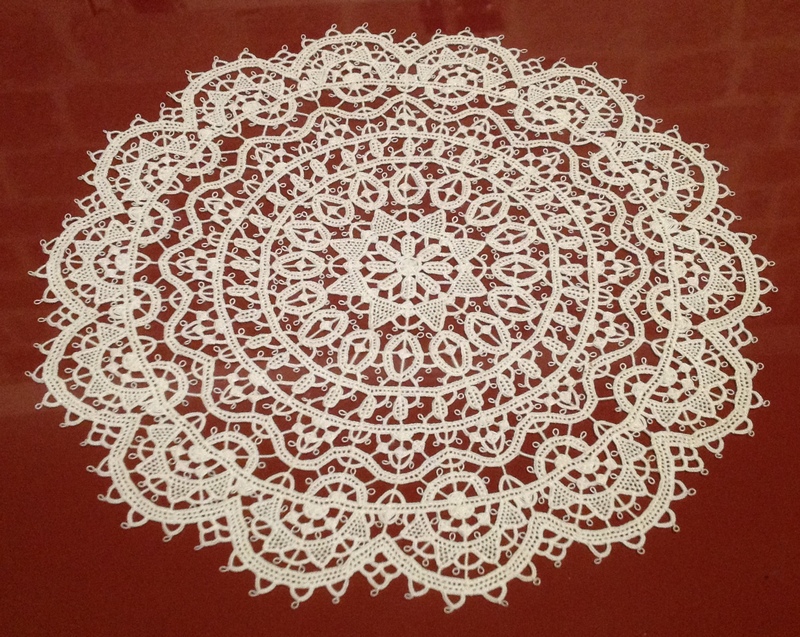
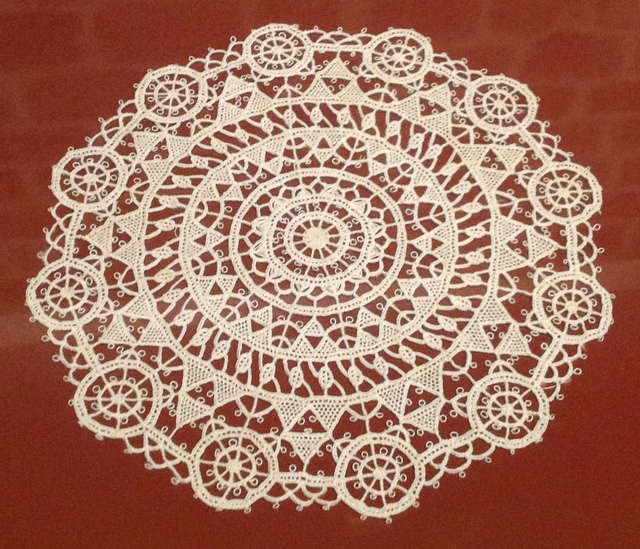
Two girls from the town of Đakovo in home-made costumes from Slavonia on the North-East of Croatia.
Srednja strukovna škola Antuna Horvata, Đakovo.
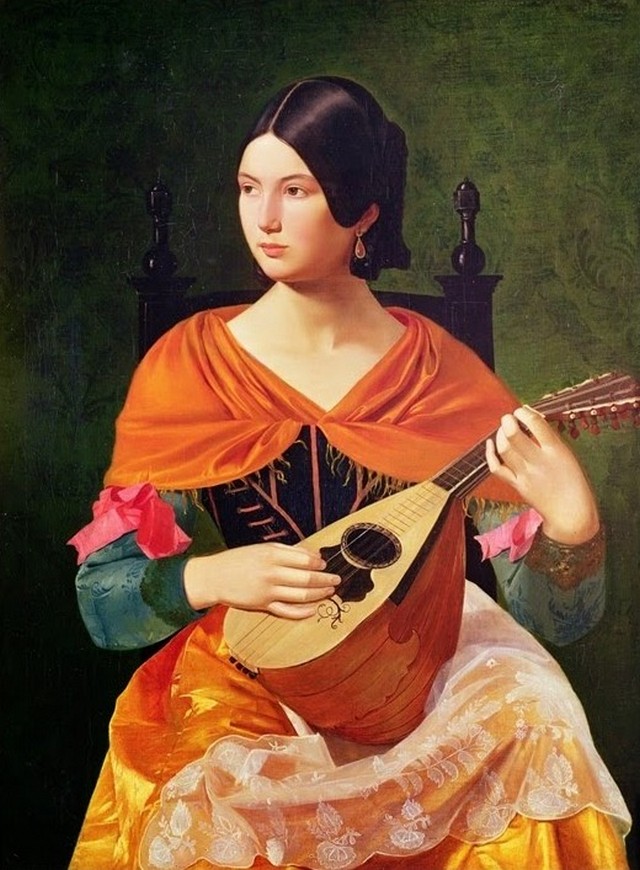
Vjekoslav Karas (1821-1858): Rimljanka s lutnjom (Roman woman with the lute),
considered as probably the best Croatian work of art of the 19th century.
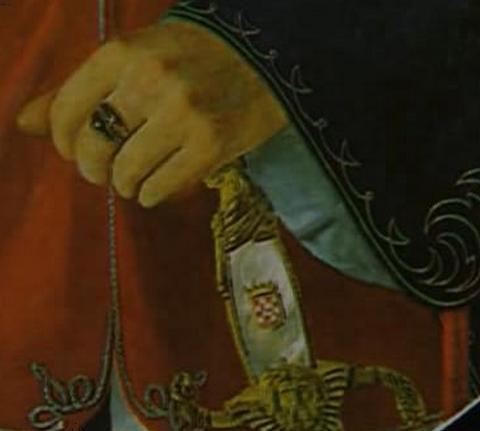
Croatian Coat of Arms, detail on a portrait by Vjekoslav Karas
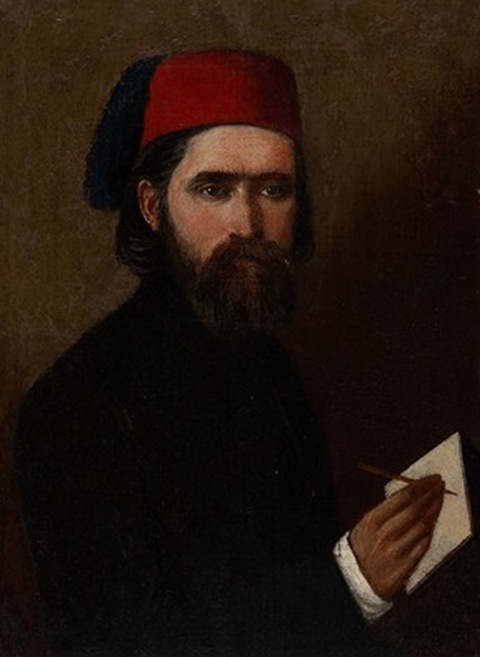
Vjekoslav Karas, autoportrait, 1845
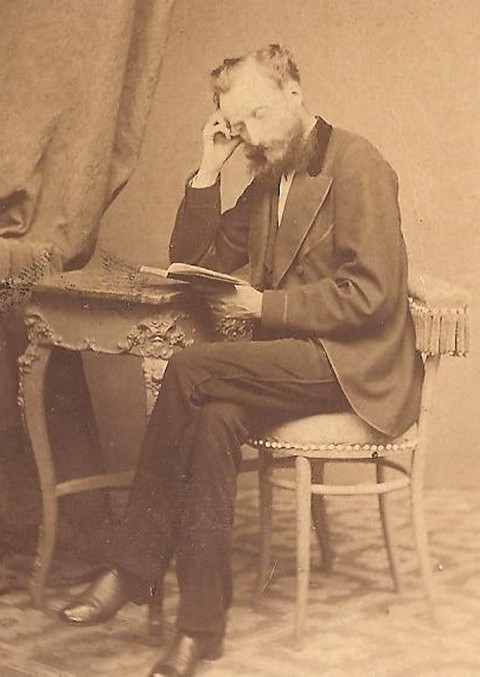
August Šenoa (1838-1881), distinguished Croatian writer, in 1875 at the age of 37.
His books and stories have been translated into German, Hungarian, Russian, Polish,
Czech, French, Esperanto and some other languages.
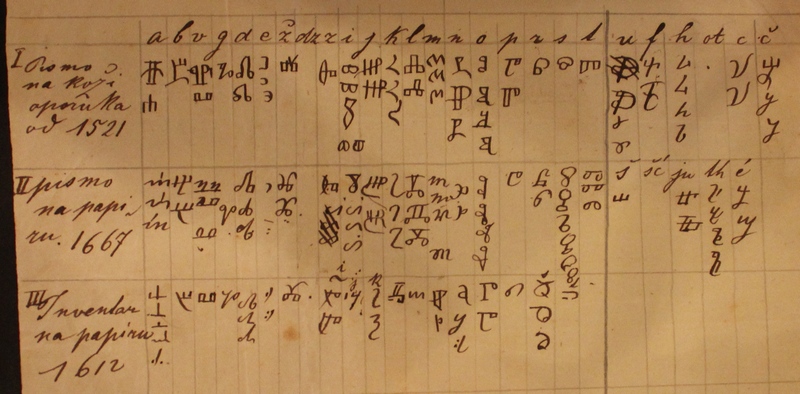
In 2014 it has been discovered that August Šenoa was also writing in Croatian Glagolitic Script.
Here are his exercises based on old Croatian legal documents from 1521, 1669 and 1612.
CROÀCIA AVUI - CATALUNYA DEMÀ
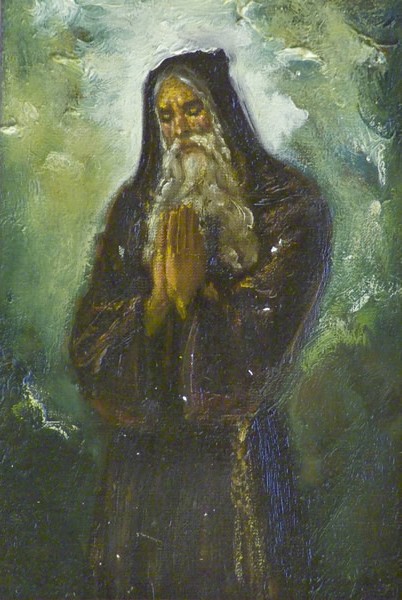
Kristian Krekovic, Croatian painter: Ramon Llull (1232-1316) ,
distinguished Catalonian writer, philosopher, Franciscan Tertiary, and martyr;
this portrait is kept in the Museu Kreković in Palma de Mallorca
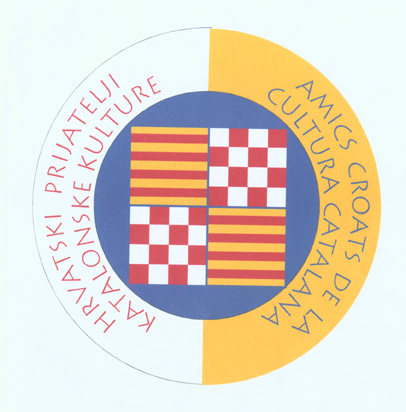
Amics
croats de la cultura catalana, Zagreb
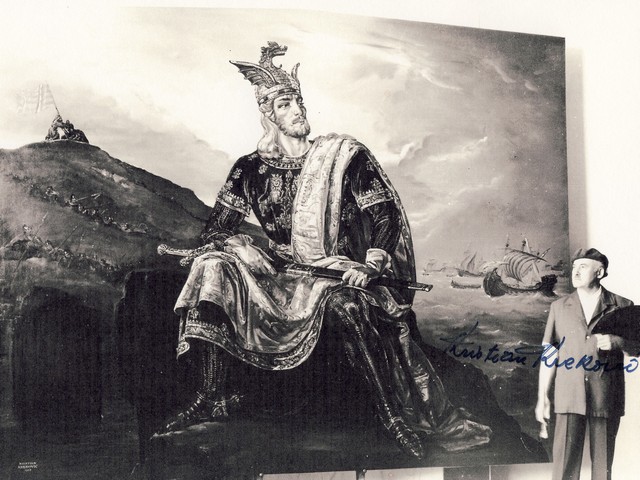
Kristian Kreković and his
portrait of Jaume
I, Catalonian king,
kept in the Museu Kreković, Palma de Mallorca
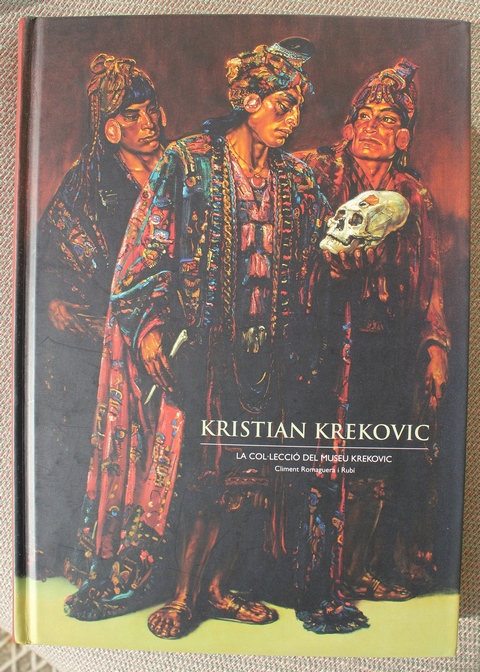
One of Krekovic's
portraits of Ramon Llull can be seen in the luxorous
monograph written by
Climent
Romaguera i Rubi: Kristian Krekovic,
over the entire page 128.
The book containing 148 colour plates was published by the Departement
de
Cultura of the Consell de
Mallorca in 2006, in the Catalan
language:
PREÀMBUL
La missió del Museu Krekovic
es preservar i comunicar al
públic
l'esperit creatiu del pintor Kristian Krekovic
a través de
l'obra
exposada a les seves sales. Per aquest raó, hem volgut
contribuir amb
aquesta publicació
a la difusió de la trajectòria
biogràfica i artística
d'aquest singular
artista. ...
FOREWORD
The mission of the Museu Krekovic
is to preserve and communicate to the public the creative spirit of the
painter Kristian Krekovic
via his oeuvre exhibited in its halls. To this end we wanted contribute
with this publication
to spread the biographic trajectory and the art of this unique
artist...
Translated from Catalan by Darko Žubrinić, a member of Amics croats de la cultura catalana society in Zagreb.
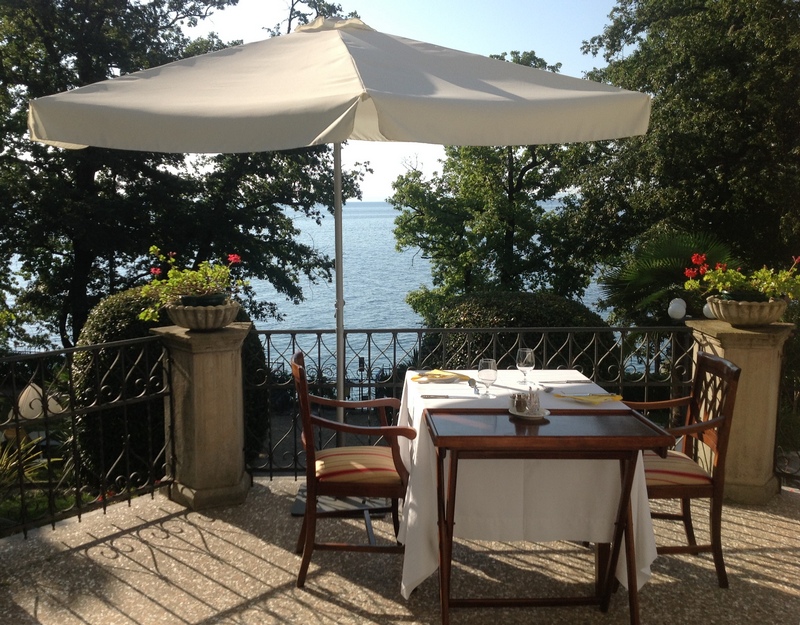
Villa Astra in Lovran, Croatia, a part of Lovranske vile, directed by Vjekoslav Martinko,
offering a place for physical, mental and spiritual rest, in perfect balance with nature.
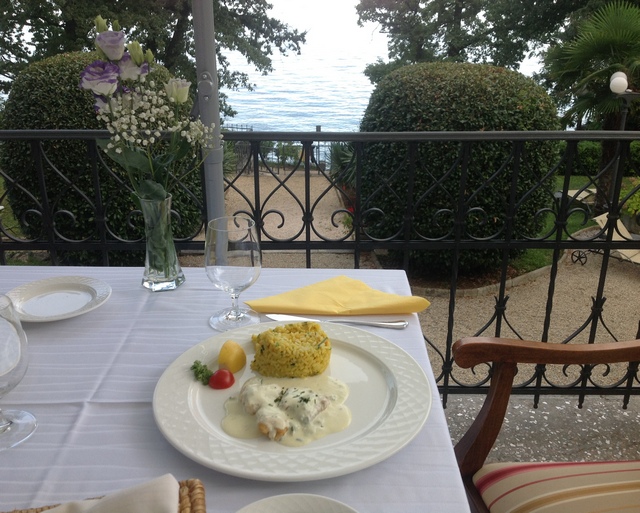
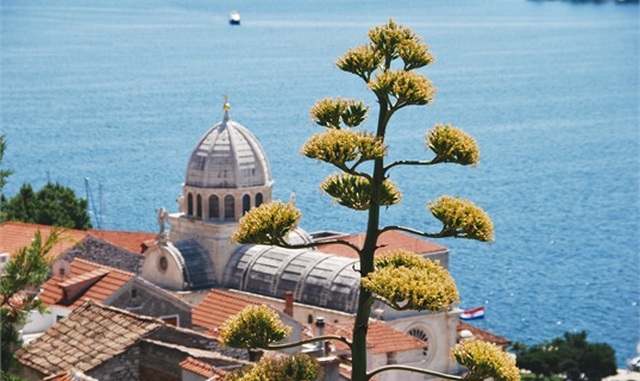
Šibenik Cathedral, one of top monuments of Croatian culture
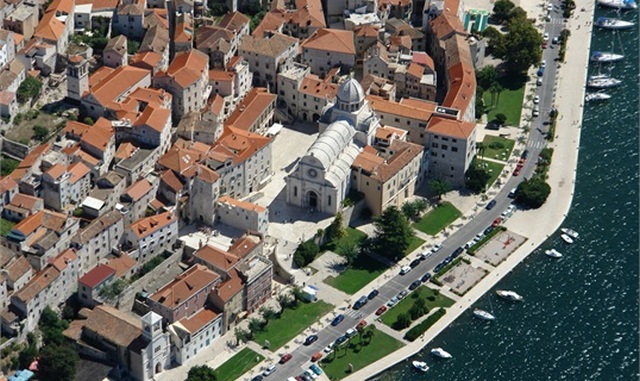
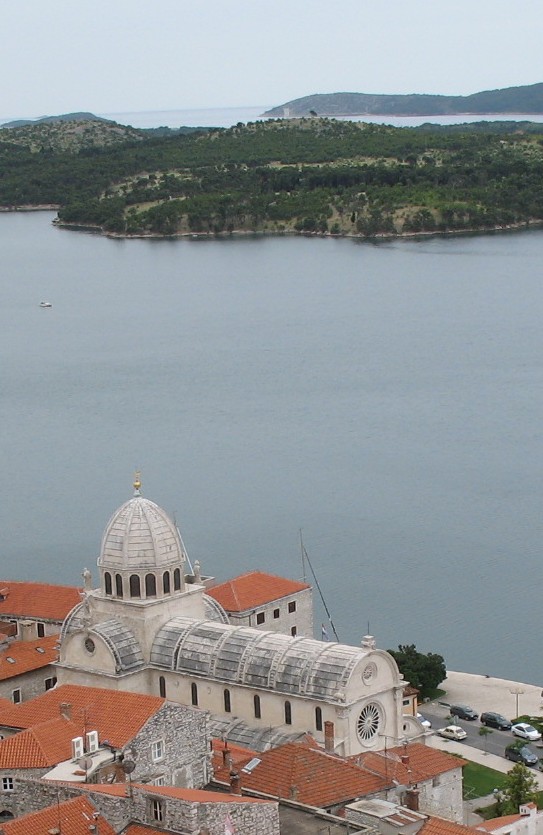
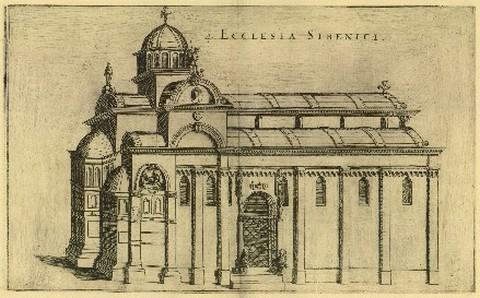
Drawing of the Šibenik Cathedral in "Machinae Novae" by Faust Vrancic (1551-1617)
| Nikola Tesla |
| Moho layer |
| Torpedo |
| Schwarz airship |
| Propeller |
| California |
| Dreams |
| Acknowledgements |
| King of Dolls |
| Kristian Krekovic |
